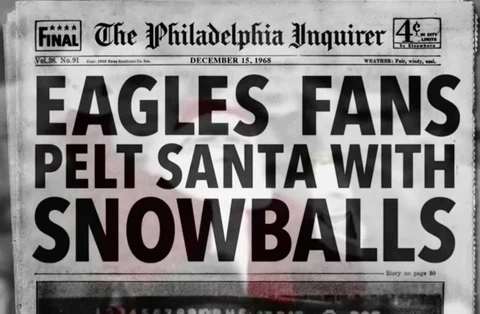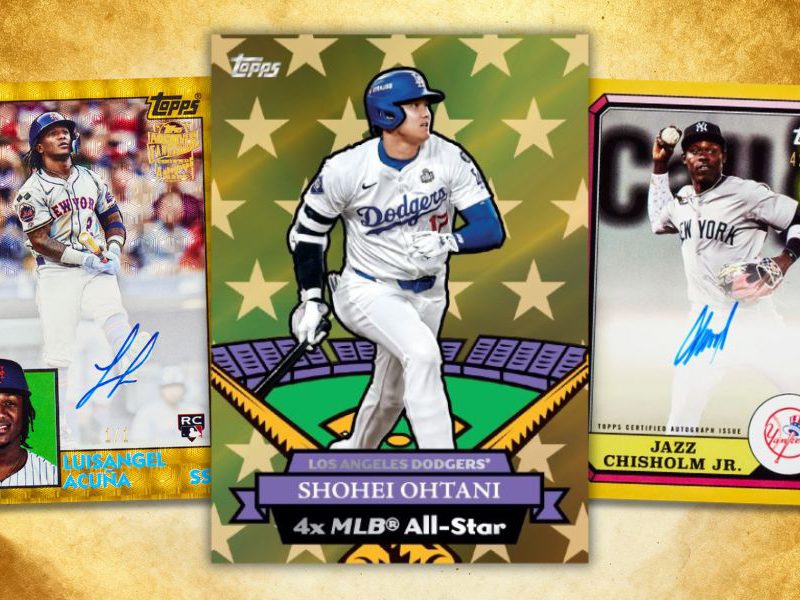In the world of sports, some moments transcend the games themselves, becoming indelible marks in history. One such unforgettable event is the Philadelphia booing of Santa Claus during a halftime show at a 1968 Eagles vs. Vikings football game. This incident has since become an enduring symbol of passionate sports fandom and the city’s reputation for fervent loyalty, despite the negative connotations it carries. In this blog, we’ll explore the context behind the booing, the aftermath, and how this incident has come to represent more than just an isolated act of frustration.

The Incident:
The day was December 15, 1968, and the Philadelphia Eagles were facing off against the Minnesota Vikings in a pivotal NFL game. Halftime shows have long been a staple of football games, often involving cheerful displays to entertain the crowd. However, on that fateful day, the scheduled Santa Claus performer was unable to make it. In a pinch, the Eagles’ public relations staff asked Frank Olivo, a 19-year-old fan, who happened to be dressed in a homemade Santa costume, to take the role.

Frank Olivo, without professional training, put on the suit and took to the field, expecting to bring joy to the audience. Little did he know that his brief appearance as Santa would lead to one of the most infamous moments in sports history.
The Response:
As Olivo made his way across the field, it soon became apparent that he lacked the traditional jolly demeanor associated with Santa Claus. Whether it was due to nerves, the unexpected role, or the chilly reception from the crowd, his performance fell flat. The fans, known for their passionate devotion to their teams, expressed their disappointment in a manner that has since defined the incident – they began booing Santa Claus.
The Reaction and Backlash:
The immediate backlash against the Philadelphia fans’ actions was swift and harsh. The incident quickly made headlines across the nation, and the city became the target of ridicule and criticism. People from outside the city saw this as a heartless act, an example of Philly fans taking their loyalty to an extreme, and tarnishing the festive spirit associated with Christmas.
The reputation of Philadelphia fans as being ruthless and unrelenting was further cemented. The “booing of Santa Claus” became a moniker that would forever be associated with the city’s sports culture, as detractors used it to disparage the passion of Philadelphia fans.
The Legacy:
Over the years, the booing of Santa Claus has been revisited and analyzed from various angles. It remains a polarizing event, and opinions about it diverge widely. Some see it as an embarrassing incident that reflects poorly on the city’s sports fans, while others view it as a testament to the unwavering passion that defines Philadelphia’s sports culture.
Defenders of the fans argue that the incident should be seen in the context of a tough season for the Eagles, filled with losses and frustration. The fans’ emotional investment in their team was immense, and the booing of Santa Claus was merely a manifestation of their disappointment. In this view, it was an isolated act in an emotionally charged moment.
Others, however, assert that the incident is emblematic of a darker side of sports fandom – one that prioritizes intensity and loyalty to the point of disregarding common decency. Critics contend that booing Santa Claus, regardless of the circumstances, crossed a line and brought shame upon the city.
The Santa Claus Incident and Philadelphia’s Identity:
What’s intriguing is how the Santa Claus incident has become deeply ingrained in Philadelphia’s identity. Rather than being forgotten, the incident is frequently referenced in popular culture, including movies, TV shows, and sports commentary. It has become part of the lore that surrounds Philadelphia sports, often mentioned with a mix of humor and disdain.
Surprisingly, the city has embraced the Santa Claus incident to some extent. The Eagles, in particular, have occasionally leaned into the narrative, using it in promotional campaigns to showcase the passion and intensity of their fans. In some ways, this acceptance represents a form of resilience, turning a moment of infamy into a badge of honor.
Redemption Through Redemption:
In the years that followed, Philadelphia fans have sought redemption through acts of generosity and kindness. During the 2017 holiday season, the city showed its heart by organizing a “Redemption Santa Day.” Thousands of fans dressed as Santa Claus, and together with the Eagles players, they brought joy to the community by distributing gifts and donations to those in need. It was a beautiful display of how the city had grown beyond the infamous incident, using it as a catalyst for positive change.
Conclusion:
The booing of Santa Claus during the 1968 Eagles game is an event that has transcended sports and left an indelible mark on Philadelphia’s sports culture. Whether seen as a moment of passionate devotion or as an example of overzealous fandom, it has become a symbol of the city’s deep emotional connection to its teams. While the incident carries a tinge of embarrassment, it has also served as a catalyst for reflection and growth, reminding fans and the world at large that sports can bring both joy and pain, and that true loyalty involves responsibility and respect.





